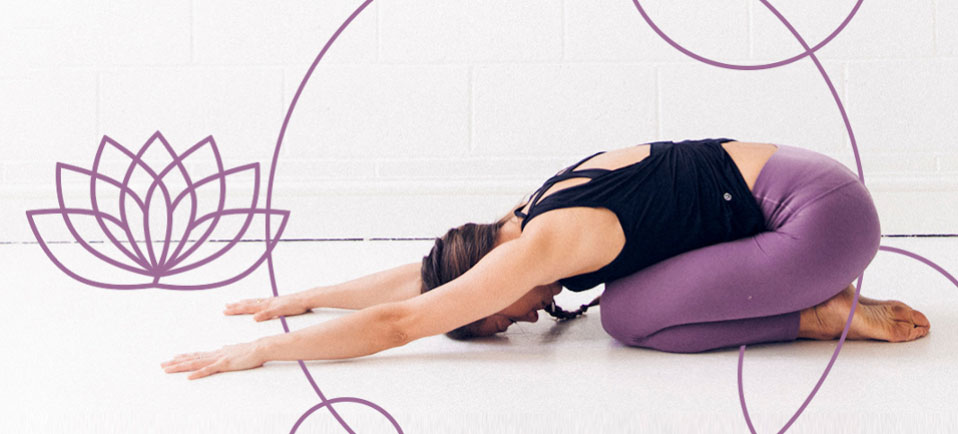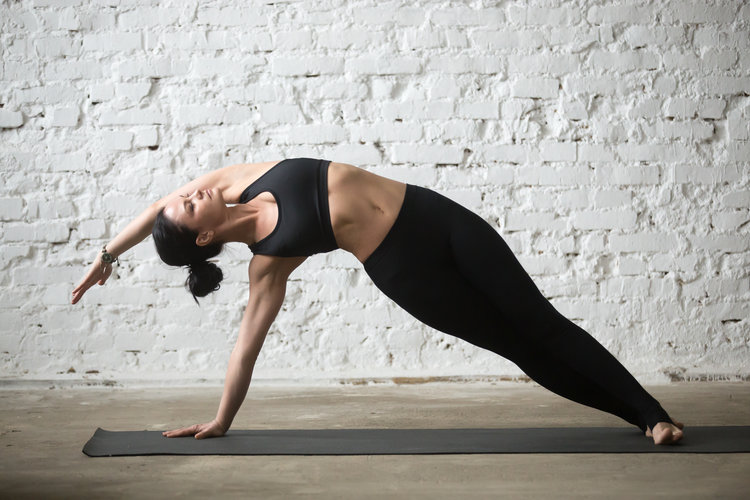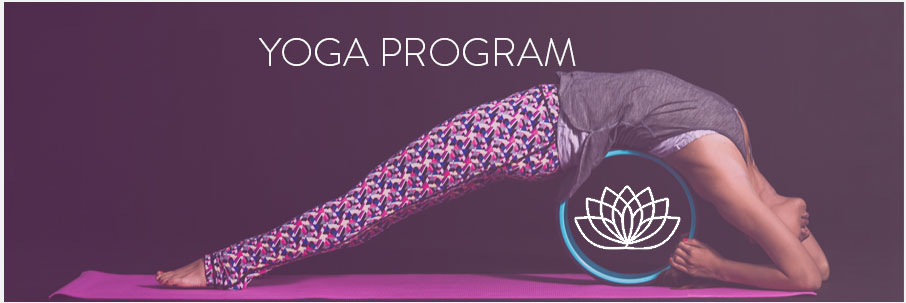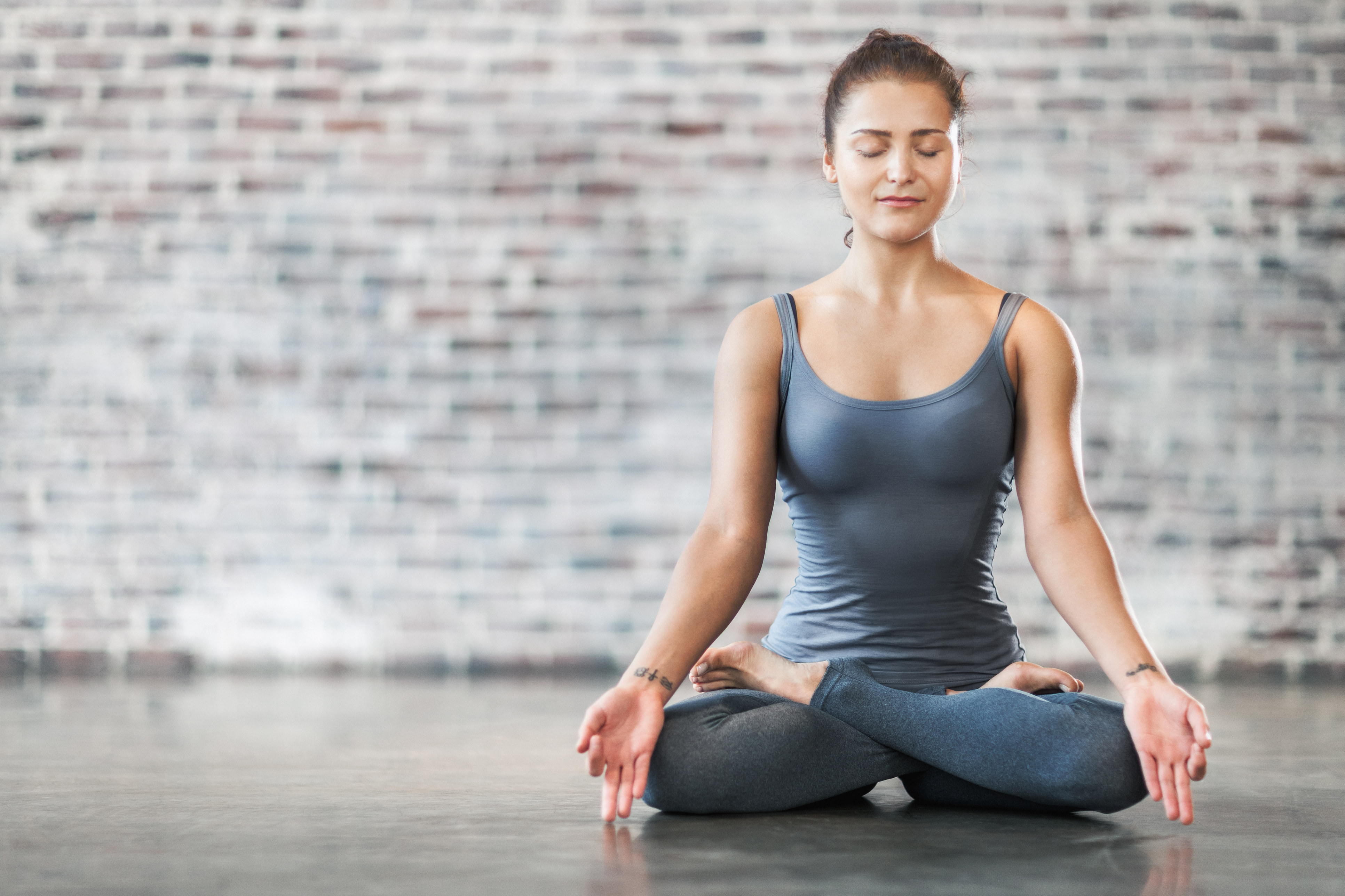The benefits of yoga
Yoga is the practice of a set of postures and breathing exercises that aim to bring physical and mental well-being. This ancient art of living as explained in the texts reveals itself as an initiatory path that transcends physical discipline.
The first references to yoga can be found in the Yoga Sutra of Patanjali written about 200 years before our era. In this book we understand the foundation of the philosophy of yoga and its possible application in all spheres of our lives.
The different types of yoga
There are several styles of yoga and each focuses on a specific aspect of the practice.
- There are dynamic yogas in which the sequence of postures is done at the rhythm of the breath, such as ashtanga and vinyasa. In these more physical classes, while making the body more supple and stronger, the cardiovascular system is improved.
- Iyengar, which is a more static yoga, emphasizes the alignment of the body, here we take the time to dissect each asana, we develop an understanding of our body.
- Hatha yoga is a gentle yoga easily practiced by older people.
It is important to find the style of yoga that suits us best, it depends a lot on our potential.
It is preferable, to benefit from the benefits of dynamic yogas, to be in good general health and to be in a certain physical condition, otherwise it becomes difficult to keep up with the rhythm, which generates a risk of injury.
For those who have back problems and who are not athletic, we should turn to a less dynamic yoga or take the time to explain postures such as Iyengar and hatha.
Even though classical postures have been tried and tested and have remained the same for millennia, hatha yoga continues to evolve and has taken on different forms, especially during the 20th century. Each style of yoga combines postures, breathing exercises and meditation in a way that is more or less energetic or gentle, lively or calm. Here are the most common yogas in the West.
• Anusara. A new form of yoga created in 1997 by John Friend. It quickly became popular and is now present in 70 countries. Its basic philosophy is to celebrate the heart and to see the good in every person and every thing.
• Ashtanga. Characterized by the synchronization of the breath with rapid sequences of increasingly demanding postures. This greatly raises the metabolism and body temperature. Ashtanga is excellent for endurance. In the United States, a particularly dynamic form called Power Yoga has been developed.
• Integral. Developed in the United States in the 1960s, it offers a balanced integration of postures, breathing, meditation and relaxation. (Not to be confused with Sri Aurobindo's spiritual approach, also called integral yoga).
• Iyengar. A disciplined and rigorous course that emphasizes the alignment of the limbs and, above all, the spine; very health-oriented. No spiritual connotation, but the meditative aspect is present.
• Kripalu. A dance of body, mind and energy, with an emphasis on breathing techniques. Would be particularly beneficial to the cardiovascular, digestive and nervous systems.
• Kundalini. Aims above all to awaken the kundalini, the original healing energy. The approach works on meditative awareness through postural sequences.
• Sivananda or Vedanta. The courses are given by the Sivananda organization, in its own centers. Emphasis is placed on positive thinking, meditation, breathing, relaxation and nutrition. Spiritual aspect very present.
• Sudarshan Kriya. This form of yoga was created by Sri Sri Ravi Shankar in the early 1980s. Today present in more than 140 countries, it relies heavily on the breath to rebalance the body and mind.
• Viniyoga. Is characterized by the integration of movement with the breath and by a personalized teaching that is adapted to each individual.
As for prenatal yoga, these classes are oriented towards the specific needs of pregnant women. The instructor then chooses certain exercises (postural and respiratory) to help them overcome the difficulties related to pregnancy, facilitate the stages of childbirth and promote a return to body balance after birth. Instructors may have practiced any of the movements listed above.

The yoga
Today when we talk about yoga we mostly talk about the practice of asanas and pranayama, i.e. postures that aim to soften and strengthen the body and breathing exercises that regulate the flow of vital energy.
Yoga brings a large number of physical benefits including muscle relaxation (yoga postures are varied to stretch all major muscle groups). Some postures help to gently strengthen muscles, while others work on balance.
With regular practice we can correct posture errors developed throughout our lives, which greatly reduces chronic back problems. A study conducted by the Temple University in 2008 showed that the practice of Iyengar yoga improves balance in women over 65 years of age.
Yoga helps to reduce stress. A Boston University study published in 2010 showed that yoga is effective in relieving anxiety.
On the mat you are invited to take the time to listen to your body, your attention is constantly brought back to the breath, you develop your ability to concentrate. For example, in the balance exercises, all our attention is required to maintain the posture.
Yoga postures to do at home
When practicing at home, the best thing to do is to do simple postures to avoid injury such as :
- The triangle (trikonasana): stand with your feet together, take a step forward with your right foot, put your right hand on your right ankle and raise your left arm in the sky, try to keep your chest aligned with your right leg. Do the same on the other side.
- The child's posture (balasana) which is excellent for relieving tension in the lumbar region: get down on your knees, feet and knees together, put your forehead on the ground in front and bring your arms along your body, listen to your breathing.
A session of yoga
Sessions can be very different from one type of yoga to another. For dynamic yogas, the whole body is warmed up at the beginning of the class, focusing on the muscle group that the teacher has chosen to work on more specifically.
Once warmed up, the intensity of the practice progresses with the sequence of standing and balancing postures. The last part of the class is aimed at slowing your heart rate to return to normal, with emphasis on stretching in sitting and lying postures. The session ends with the dead man's posture or "shavasana" which consists of lying on your back and relaxing all the muscles of your body.
The practice of yoga does not require a lot of material just a mat for more comfort, in some styles of yoga such as Iyengar we can use "bolsters" which are big cousins on which we can rest a part of the body.
The yoga teacher must follow a minimum of 200 hours of training, which can be completed by a 300-hour training to deepen his knowledge and improve his teaching techniques.
In conclusion, yoga is an art of living and a complete physical activity for body and mind. The practice of yoga brings real benefits by improving strength and flexibility but also by reducing stress and anxiety.

A short history of yoga
Yoga as revealed by Patanjali is a path that leads to Samadhi, union with the original principle. This path has 8 branches. In order to advance on the path of yoga one must first follow a set of ethical principles which represent the cornerstone of this philosophy: The Yamas and the Nimyamas (not stealing, not coveting, discipline, self-study and sacred texts ...).
Next comes the practice of asanas, which are the postures that are taught in a yoga class. The asanas soften and strengthen the body and teach us to focus our attention in the present moment.
Once the practice of the postures is well integrated, we can move on to the third step which is the harmonization and regulation of the breath: pranayama. Breathing exercises regulate our life force called prana.
The path of the yogi (the one who practices yoga) is then more subtle and includes notions such as abstraction of the senses and meditation, always with the aim of uniting with the higher principle and returning to unity: samadhi.


